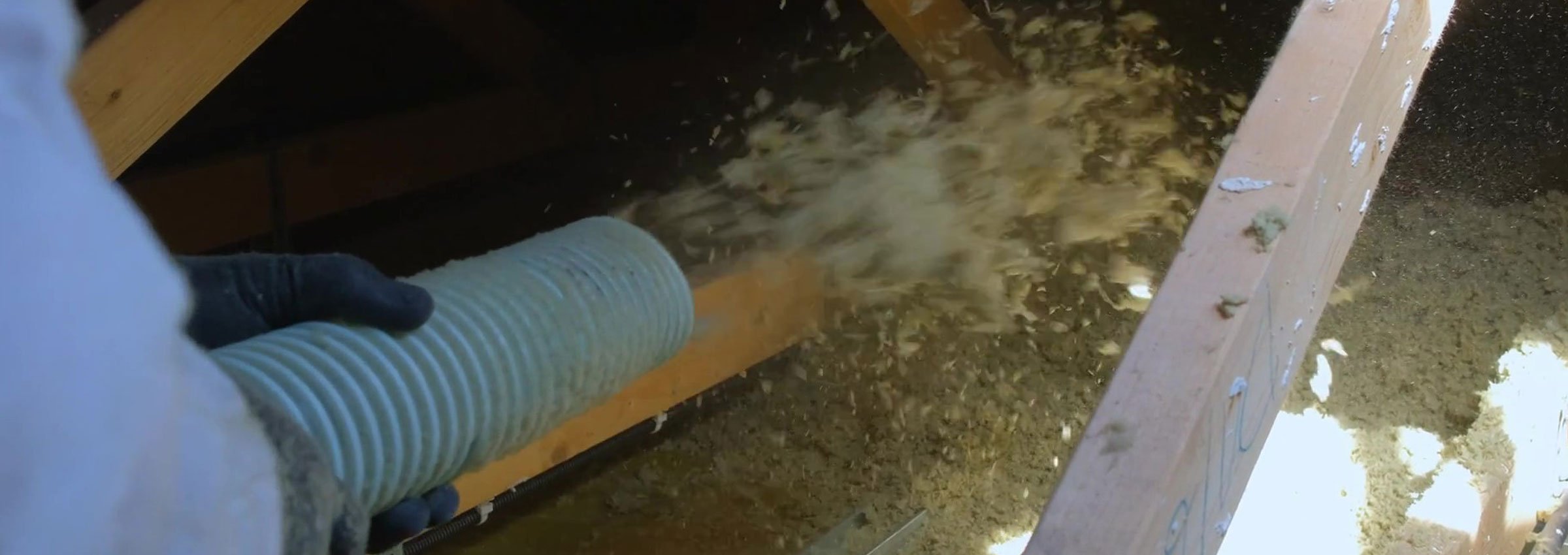Attic Insulation Installation Tulsa
When it comes to improving your home's efficiency, don't forget about the attic. Experts calculate that leaks in the attic floor can drain away 30 to 50 percent of your heating or cooling.Heat rises upward and migrates through cracks into the unconditioned attic space, eventually escaping through the roof or vents. In the summer, a hot attic and uninsulated attic floor can make it more difficult for you to cool your home, as heat moves through conductivity into the living space.What's the solution? In most cases, more attic insulation will do the trick.
Adding Insulation
Start your attic sealing project by identifying the various areas where energy is being lost. Lay wooden planks across joists to walk on before you start moving around.
1. Check for gaps around fixtures, pipes, wires, ducts and anything else that enters the attic space from the living space. Roll back existing insulation batts to get at all the holes; if you have loose-fill insulation, it might be better to get a professional to locate the leaks. Fix all the smaller leaks you find with caulk. For holes up to an inch wide, use expanding urethane foam. For still larger holes, use a piece of drywall to plug it, sealing edges with foam. You can also use fiberglass insulation.
2. Seal gaps around stove flues and chimneys with a sheet metal collar and heat-resistant caulk, separating these structures from insulation.
3. Put extra insulation on top of the attic hatch door. Place weather stripping around the edges of the hatch.
4. Next, check to see if the insulation on your attic floor reaches the top of the joists. If not, add more to the top or over the joists. Make sure it is evenly distributed, and reaches the sides of the attic.
5. Insulate behind knee walls.
6. Build airtight boxes with rigid foam insulation to cover recessed lighting canisters. Get professional advice about how any insulation you are considering might overheat when used in proximity to the lighting canisters.
To learn more about attic insulation, contact Air Assurance of Broken Arrow.
Our goal is to help educate our customers in the Tulsa and Broken Arrow, Oklahoma area about energy and home comfort issues (specific to HVAC systems). For more information about attic insulation and other HVAC topics, call us at 918-217-8273. Credit/Copyright Attribution: “travellight/Shutterstock”




